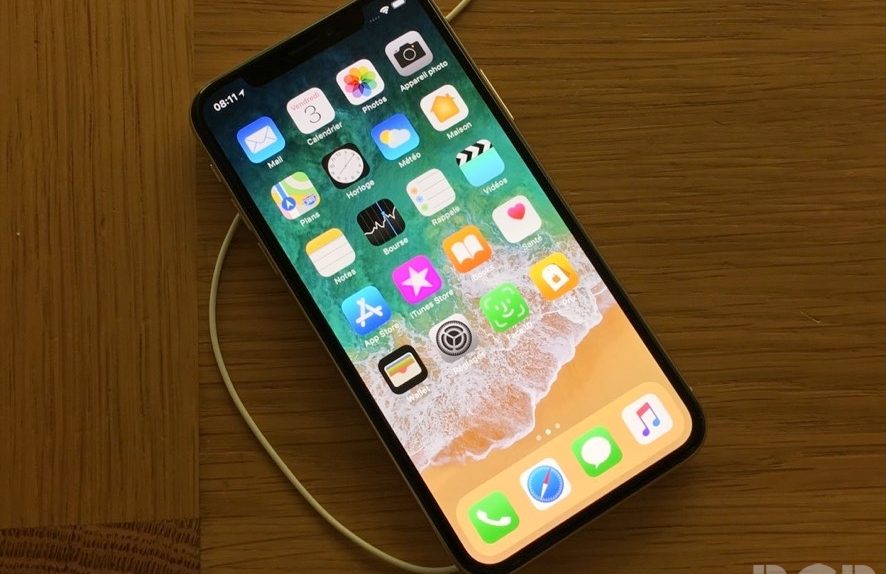In conjunction with the iPhone X release, Apple earlier today published a new support document regarding the device’s Super Retina OLED display. While the support document includes your standard boilerplate niceties regarding the display’s 1,000,000 to 1 contrast ratio and the like, it also includes some notable tidbits about potential problems that might arise.
Seeing as how the iPhone X is the first iPhone to ever feature an OLED display, some of the nuances of OLED technology might be new to longtime iPhone owners. Specifically, screen burn-in might appear in some cases, a situation that arises when an image remains on a display for so long that it remains stuck there.
Addressing this issue, Apple’s support document reads in part:
With extended long-term use, OLED displays can also show slight visual changes. This is also expected behavior and can include “image persistence” or “burn-in,” where the display shows a faint remnant of an image even after a new image appears on the screen. This can occur in more extreme cases such as when the same high contrast image is continuously displayed for prolonged periods of time. We’ve engineered the Super Retina display to be the best in the industry in reducing the effects of OLED “burn-in.”
Incidentally, and as Apple implies above, iOS 11 includes code designed to mitigate burn-in, as evidenced by the following iOS 11 data string which was initially spotted when a leaked copy of the iOS 11 GM hit the web last month.
https://bgr.com/wp-content/uploads/2017/09/iphone-x-burn-in.jpg?quality=98&strip=all&strip=all
Apple notes that users can reduce the likelihood of burn-in by using the Auto-Brightness setting and reducing the duration of the Auto-Lock timer.
Lastly, the support document adds that if one views the iPhone X display from off-angle, variations in color and hue will appear. Apple, though, notes that this is to be expected with an OLED panel.








